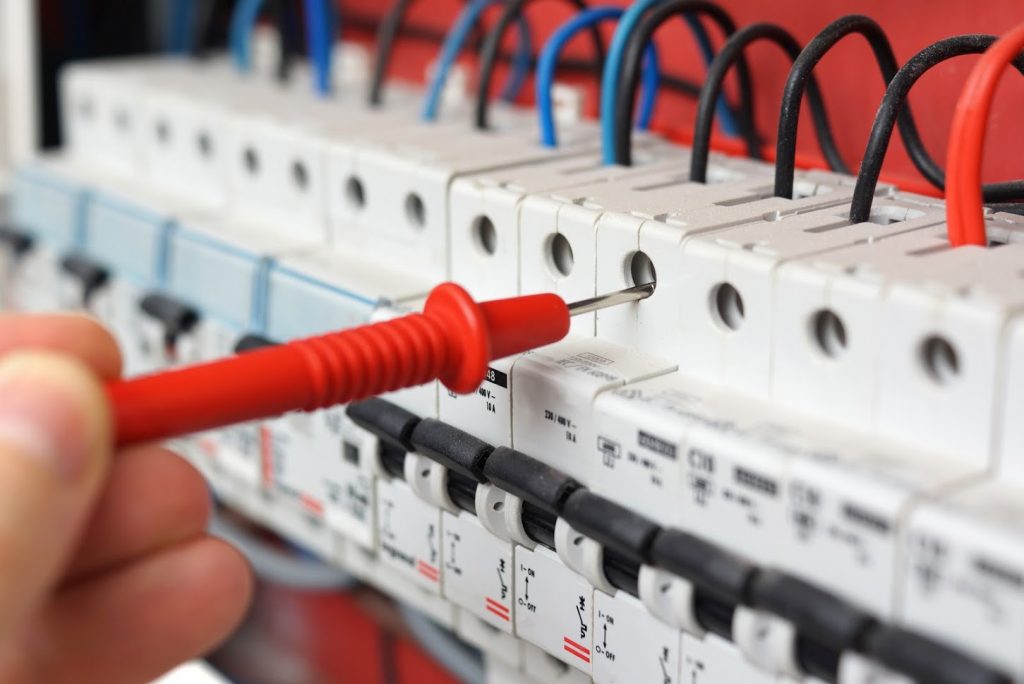The Home automation is a domestic building automation that provides the system that controls lighting, heating, entertainment, and security alarm in the home. This automation system is feasible to control and manage all the essential domestic functions collectively at home. The automation provides reliability to run systems that are used for household working. These automation systems are feasible when connected with the internet. Mobile phone applications can be used to operate this automated system.

1. Automation Applications
A remote-control system is usually required to control the heating and air conditioning system by using a feasible and friendly interface. The friendly interface can be used in these applications to control and manage the systems. These central control systems can also be connected with the lighting system to manage input and output. The building automation system has CO2 sensors that sensors may sense the trigger present in the trigger response by varying energy crises.
The security camera can be controlled by the automated system by using software and the internet. The security system and alarms can also be managed by automated applications or systems.
2. Implementation
Wi-Fi systems and the application that is used for the automated system are also vulnerable to user security. These systems can also be hacked and cause security risks for users. Hardware, user interface, software applications, and the internet can be used to build an automated system. For Home automation, these automated systems can also be brought under security control by cyber management applications. The risks associated with security and hacking can be minimized by utilizing an efficient cyber software application. These risks can also be minimized by taking extra security management steps to avoid any potential hazards.
3. Technical Standards
Automation devices are common for various purposes. These automation devices are built to varying degrees to fulfill end tasks. These devices consist of platform fragmentation and quality technical standards. The automation devices are built differently to achieve the end purpose. This software is run based on denied protocol. These protocols are also designed to meet the end task. The protocol of software and hardware synchronizes to control and manage the automated system.
Conclusion
Automation repair is also a big pragmatism. The routine repair of the automated system is necessary to regulate the system and control the application. User interface and cyber threat problems should quickly be resolved to maintain standards of automation. These standards can only be achieved by quality control and good surveillance measurements.